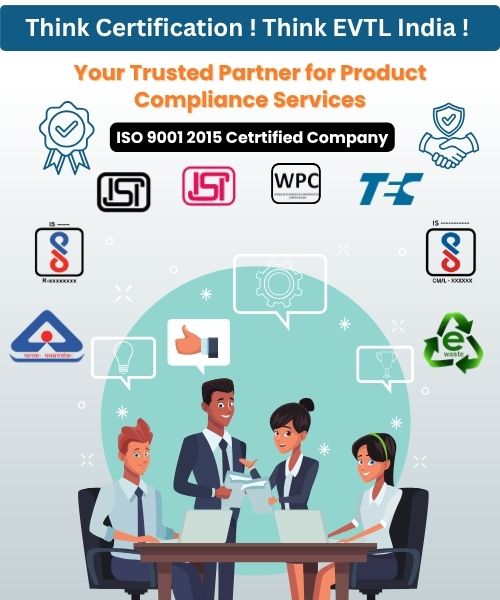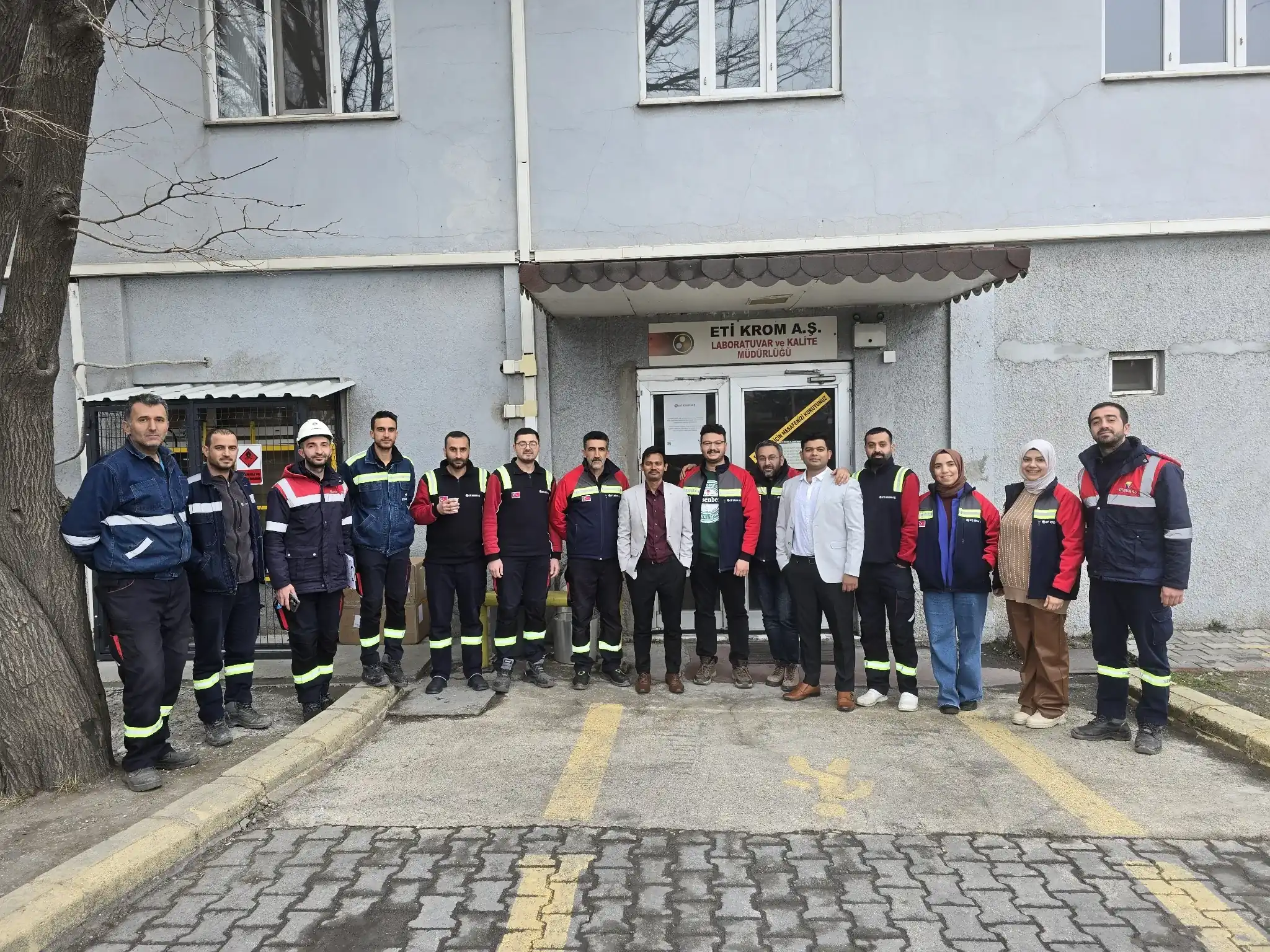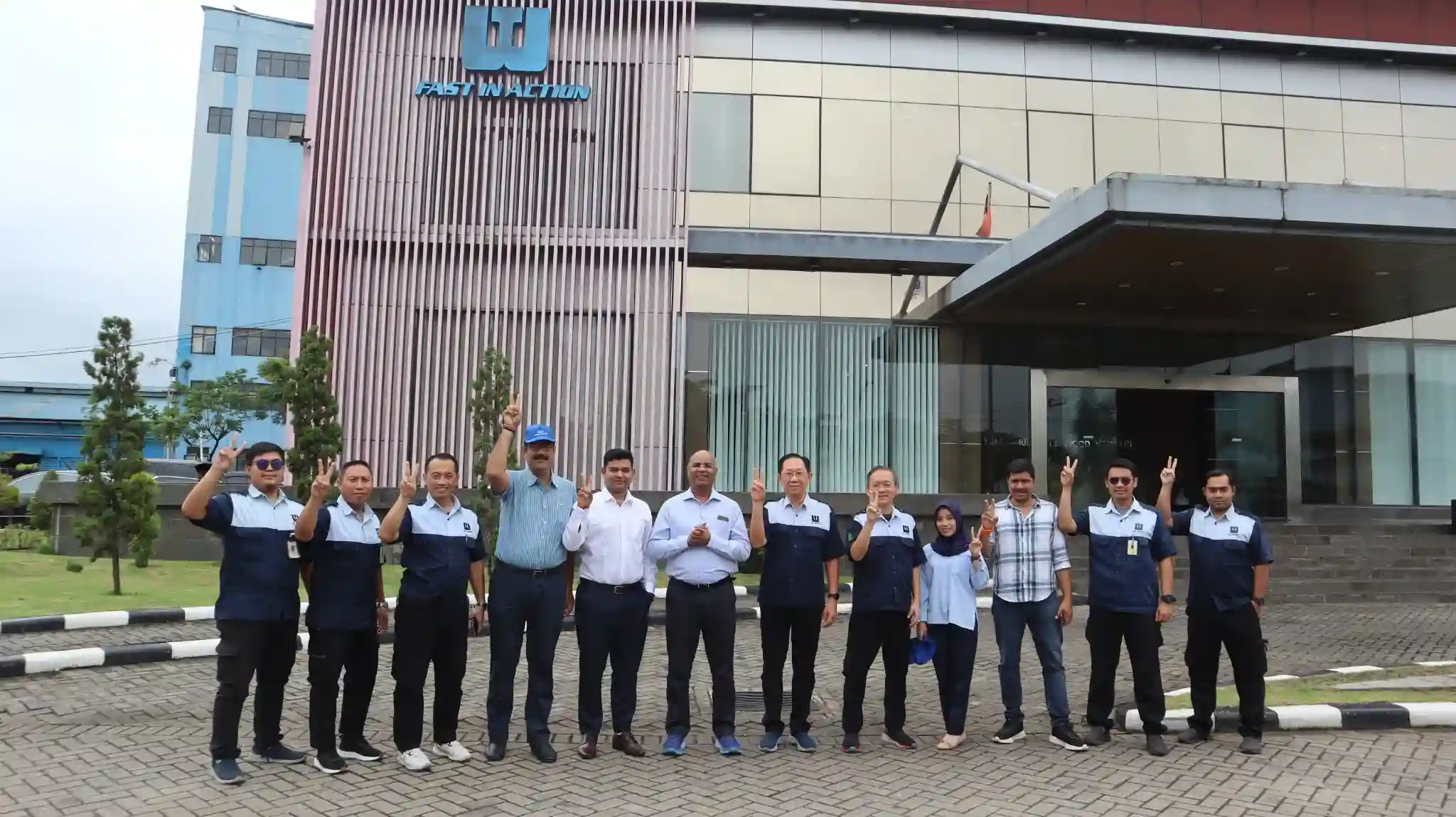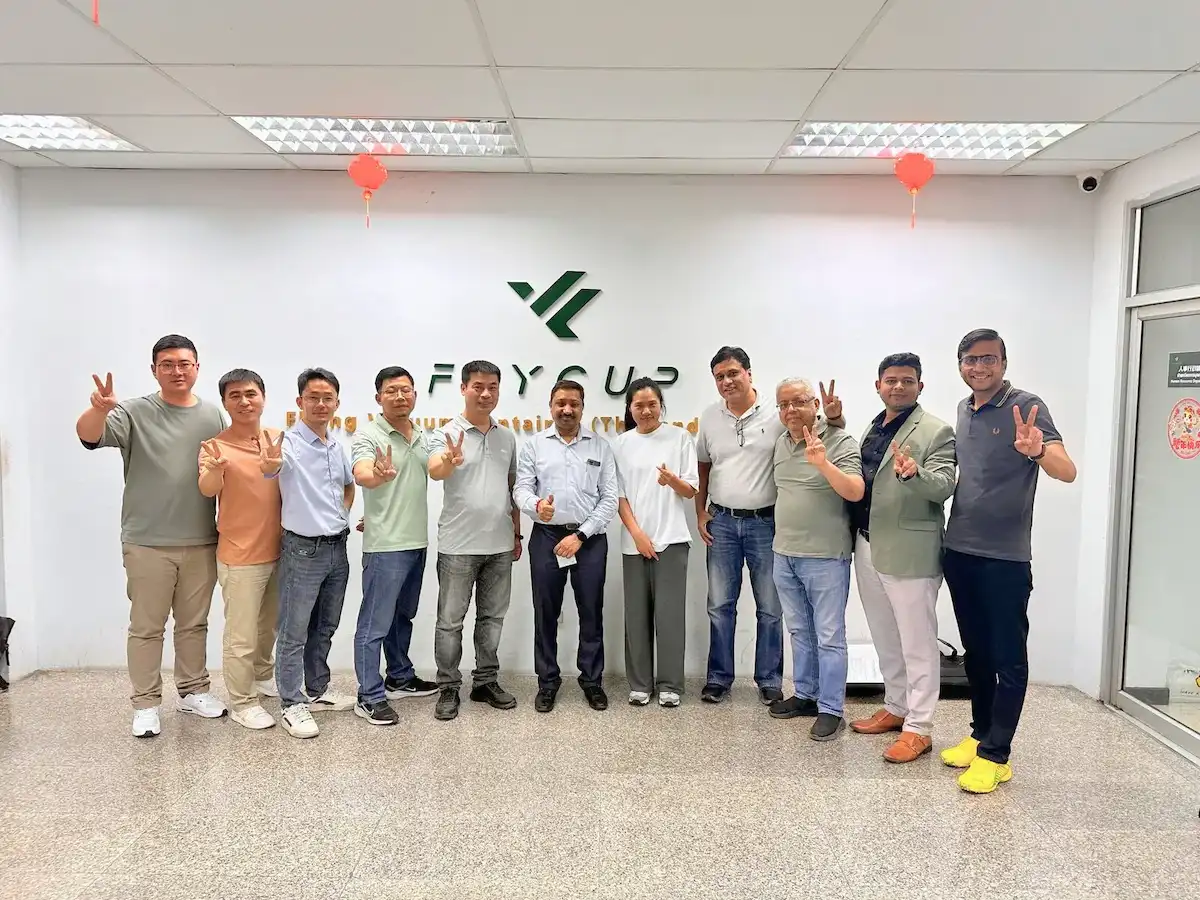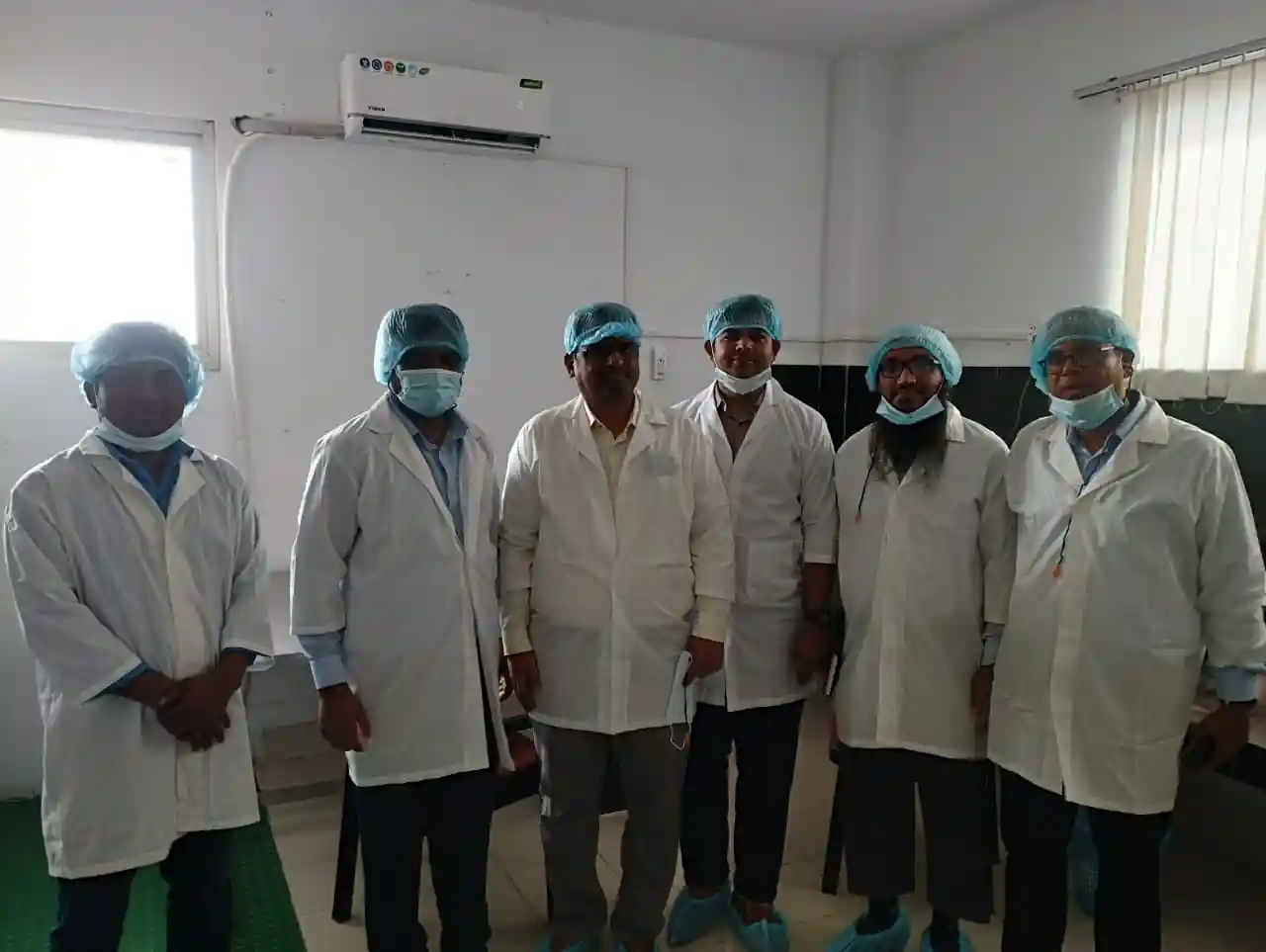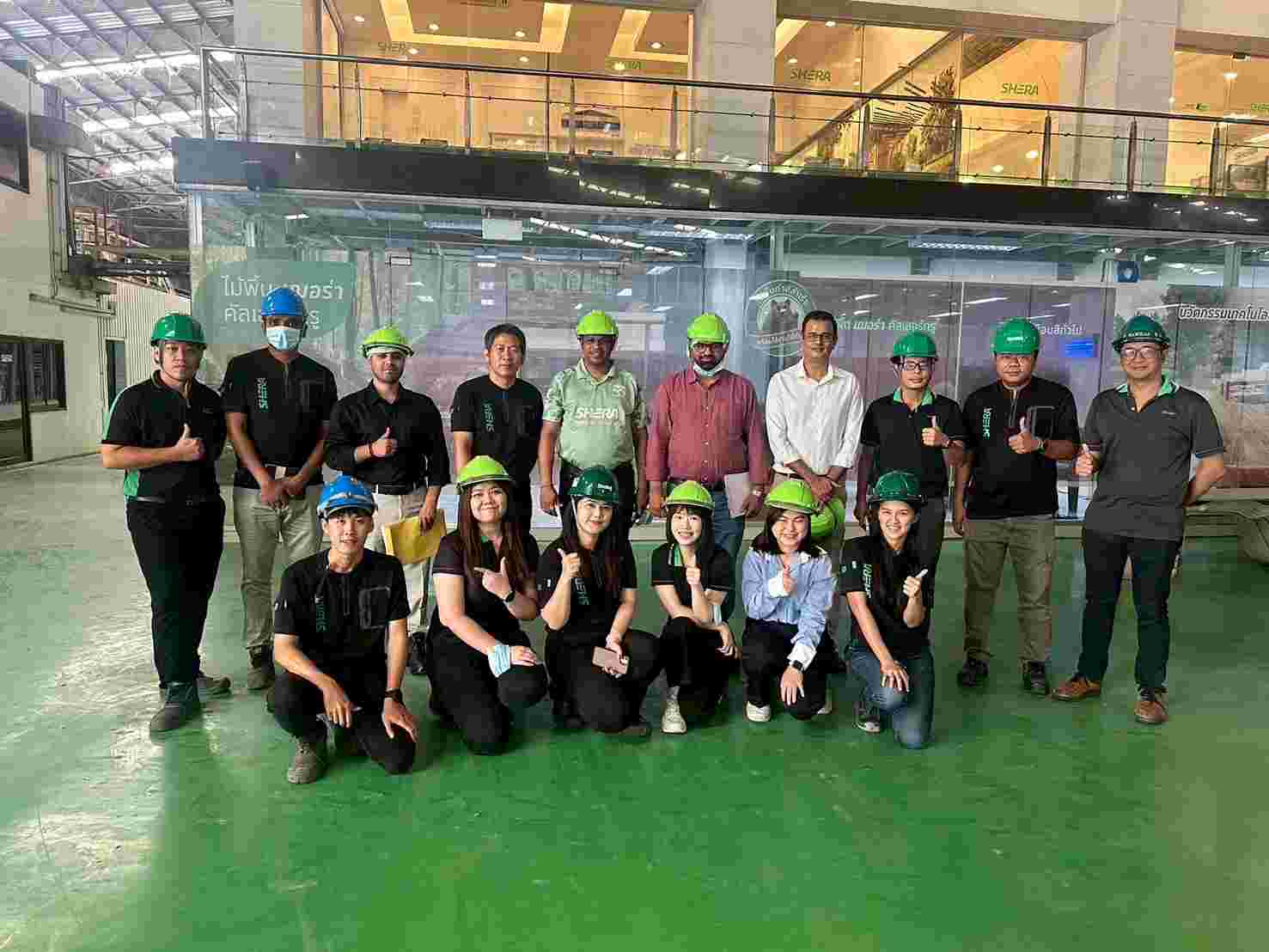Get A Quote
BIS Certification for Safety Requirements for Toys Part 3 Migration of Certain Elements IS 9873 (Part 3): 2017
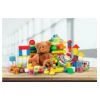
Use the BIS
Certification for Safety Requirements for Toys Part 3 Migration of Certain
Elements IS 9873 (Part 3): 2017 to guarantee product safety and regulatory
compliance. The goal of this certification is to safeguard children's health by
reducing the migration of dangerous substances like lead, mercury, cadmium, and
others from toys. It establishes strict testing guidelines to guarantee the
safety and non-toxicity of the materials used in toy production.
Manufacturers may achieve Indian quality standards and establish credibility by obtaining the BIS Certification for Safety Requirements for Toys Part 3 Migration of Certain Elements IS 9873 (Part 3): 2017.
To protect
children's health and welfare, the Bureau of Indian Standards (BIS) imposes
stringent safety regulations for toys. Chemical safety is now a top priority
under the updated Toys (Quality Control) Amendment Order, 2024. The migration
of some dangerous elements, including lead, mercury, and cadmium, in toy
materials is covered by the standard IS 9873 (Part 3): 2017. Following the
Guidelines in Part 3: Migration of Specific Elements for BIS Certification for
Safety Requirements for Toys, Manufacturers must adhere to IS 9873 (Part 3):
2017 to stay in compliance, stay out of trouble, and keep customers'
confidence.
Why is BIS certification necessary for Safety Requirements
for Toys Part 3 Migration of Certain Elements IS 9873 (Part 3): 2017?
Because it
guarantees that toys are safe from dangerous concentrations of heavy metals and
other harmful elements that might migrate from toy materials, BIS certification
is crucial for toys under IS 9873 (Part 3): 2017. By bringing items into
compliance with internationally recognised safety standards, this certification
shields kids from possible health hazards like lead poisoning or cadmium
exposure. Without it, toy producers run the risk of selling dangerous products,
getting fined, and losing the trust of customers. Getting the BIS Certification
for Safety Requirements for Toys Part 3 Migration of Certain Elements IS 9873
(Part 3): 2017 is essential if you want to adhere to toy safety regulations.
Overview of Indian
Standard IS 9873 (Part 3): 2017
The safety criteria
for toys with regard to the migration of certain hazardous elements, such as
lead, mercury, and cadmium, are outlined in Indian Standard IS 9873 (Part 3):
2017. This criterion guarantees that toys won't endanger kids' health through
extended touch or consumption. To maintain child safety and comply with
international toy safety standards, BIS certification requires adherence to
this rule. To reduce element migration, manufacturers must carry out extensive
testing. BIS Certification for Part 3 Safety Standards for Toys. Your toys will
comply with India's fundamental chemical safety regulations thanks to Migration
of Certain Elements IS 9873 (Part 3): 2017.
Process for BIS Certification
The BIS certification process for Safety Requirements for Toys
Part 3 Migration of Certain Elements IS 9873 (Part 3): 2017 involves multiple
steps designed to thoroughly evaluate a product's compliance with the required
standards. Here is a general overview of the certification process:
1. Application Submission:
Manufacturers must submit an application form along with the required
documentation to BIS.
2. Documentation Review: BIS
reviews the submitted documents to ensure completeness and correctness.
3. Factory Inspection: BIS
officials conduct an on-site inspection of the manufacturing facility to assess
the production process and quality control measures.
4. Sample Testing: Product samples
are taken and tested in BIS-approved laboratories to verify compliance with
Indian standards.
5. Certification Grant: Upon
successful completion of the inspection and testing, BIS grants certification,
allowing the manufacturer to use the BIS mark on their products.
Documents Required for BIS Certification
To apply for BIS certification, manufacturers need to submit the following documents:
● Application form
● Manufacturing process details
● Quality control plan
● Test reports from BIS-approved laboratories
● Factory layout and equipment details
● Proof of business registration
● Product specifications and technical details
● Declaration of conformity to Indian standards
Additionally, manufacturers may be required to provide proof of compliance with environmental and safety regulations, depending on the specific type of product being certified.
BIS Documents For Domenstic and Foreign Manufacturer Check
BIS ISI Mark Certification Costing And Timeline
To Know The Process in Detail, Please Visit:
Under BIS Registration Products ISI and CRS
Conclusion
In conclusion, to
ensure children's safety and to match your toy goods with Indian regulatory
requirements, you must adhere to BIS Certification for Safety Requirements for
Toys Part 3 Migration of Certain Elements IS 9873 (Part 3): 2017. This
certification requires that toys be tested for harmful substances that, if consumed
or absorbed, might be extremely harmful to one's health. By helping producers
with every stage of the certification process, from testing and documentation
to liaising with BIS authorities, we at EVTL India streamline the road to
compliance. Businesses may show our dedication to child safety and improve
product credibility and customer confidence by obtaining the BIS Certification
for Safety Requirements for Toys Part 3 Migration of Certain Elements IS 9873
(Part 3): 2017. Select EVTL India as your partner to make sure your toys
satisfy the strictest safety requirements in the cutthroat Indian market.
Free Call Back
Latest News & Update
📅 BIS Critical Component List (CCL) Updates for Solar PV Modules
🕒 BIS Fee Concessions for MSMEs and Startups | EVTL India
📅 Guidelines for Implementation of Essential Requirements for Security of CCTV
🕒 Omnibus Technical Regulation (OTR) Amendment Order, 2025
🕒 Extension of Timeline for Filing Annual Returns by Battery Producers
📅 Extension of Timeline for Filing Quarterly and Annual Returns for E-Waste
🕒 Extension of Concurrent Running Period for IS 302-1: 2008 and IS 302 (Part 1): 2024
🕒 BIS Guidelines for Grant of Licence (GoL) | EVTL India
📅 CPCB Guidance on filing of Application, Fees and more
🕒 CPCB Notification on Labelling of Plastic Packaging
📅 Mandatory Compliance for Input Materials of Steel and Steel Products for Imports
🕒 BIS Guidelines for Scheme-X Certification for OTR-Regulated Products
📅 BIS Upgrades Product Certification License Numbers to 10-Digit Series
🕒 BIS Certification No Longer Mandatory for 14 Chemical & Polymer Categories
Why Choose EVTL INDIA
Expertise in Indian Regulatory Standards
End-to-End Support
Trusted by Top Indian & Global Brands
Fast Processing & Transparent Pricing
Strong Liaison with Indian Authorities
Company Profile